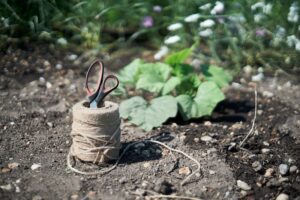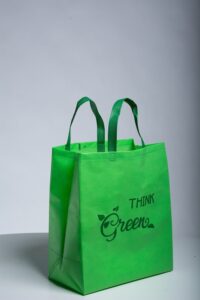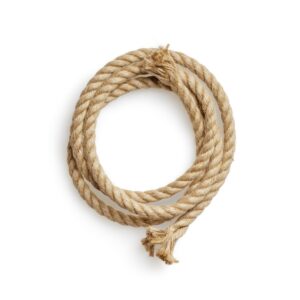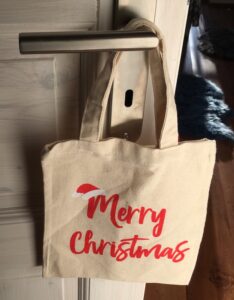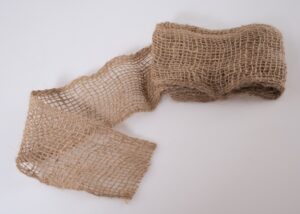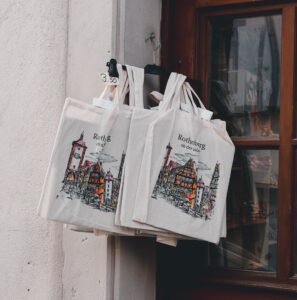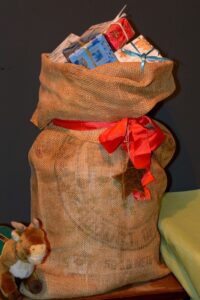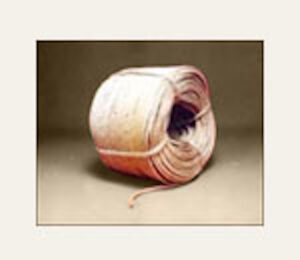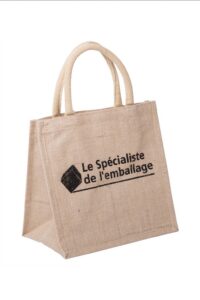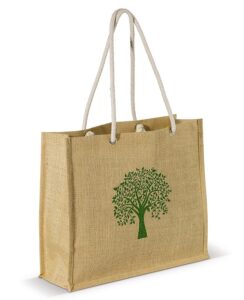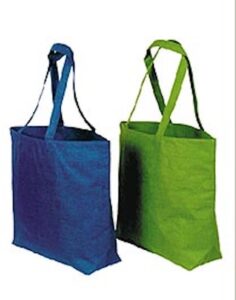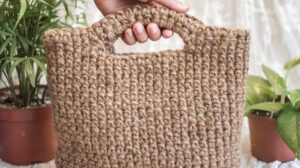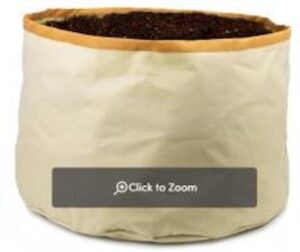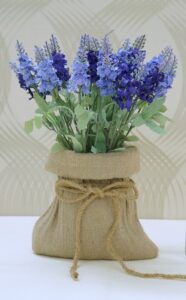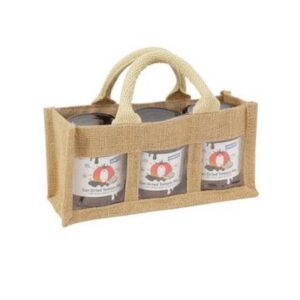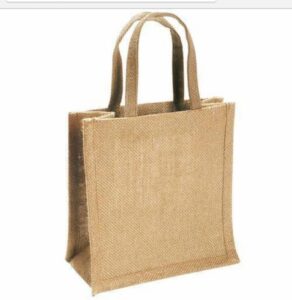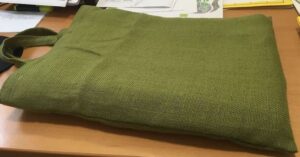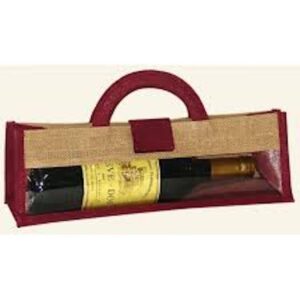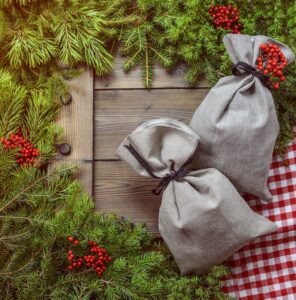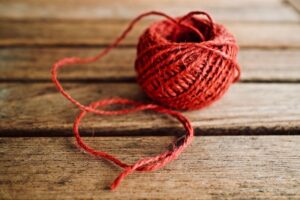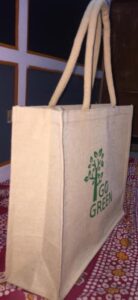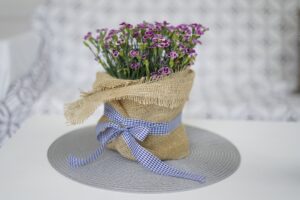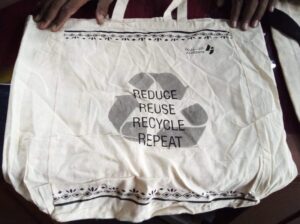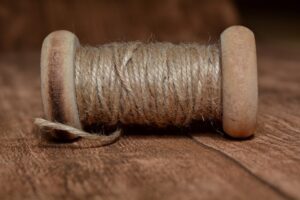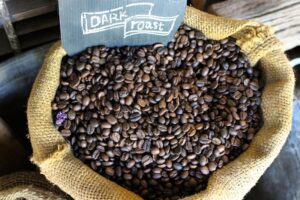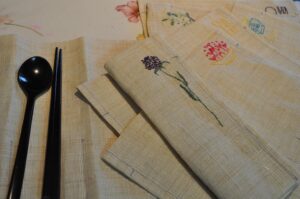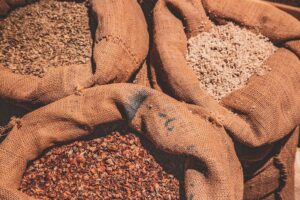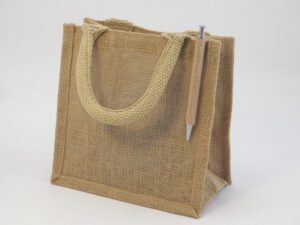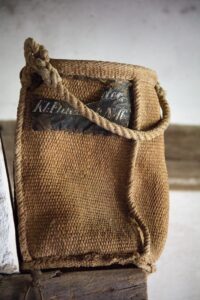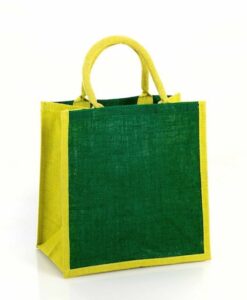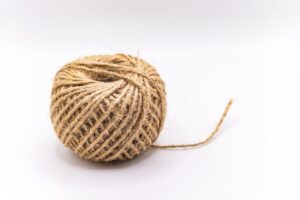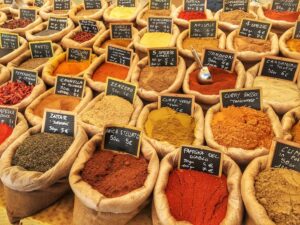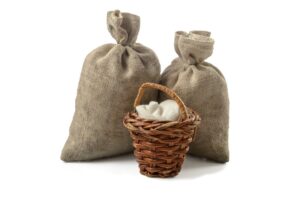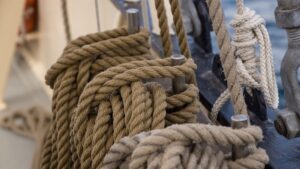Product Profile
STICKLAC
It is the resinous secretion of a kind of tiny insect known as Laccifer lacca which belongs to the family of a scale of insect and mealy bugs of super family “Coccoidea”. Bilions of these small insects settle on fresh and juicy branches of certain types of trees known as lac host trees. The main lac host trees are palas, ber and kusum. The insects settle on the branches as parasites and go on secreting resin and wax. After a certain period of time the insects mature and spread over other branches directly or through artificial inoculation. On an average three hundred thousand insects produce one kilogram of lac resin. Sticklac is the basic raw material and is not allowed to be exported from India. It contains about 50-60% impurity.
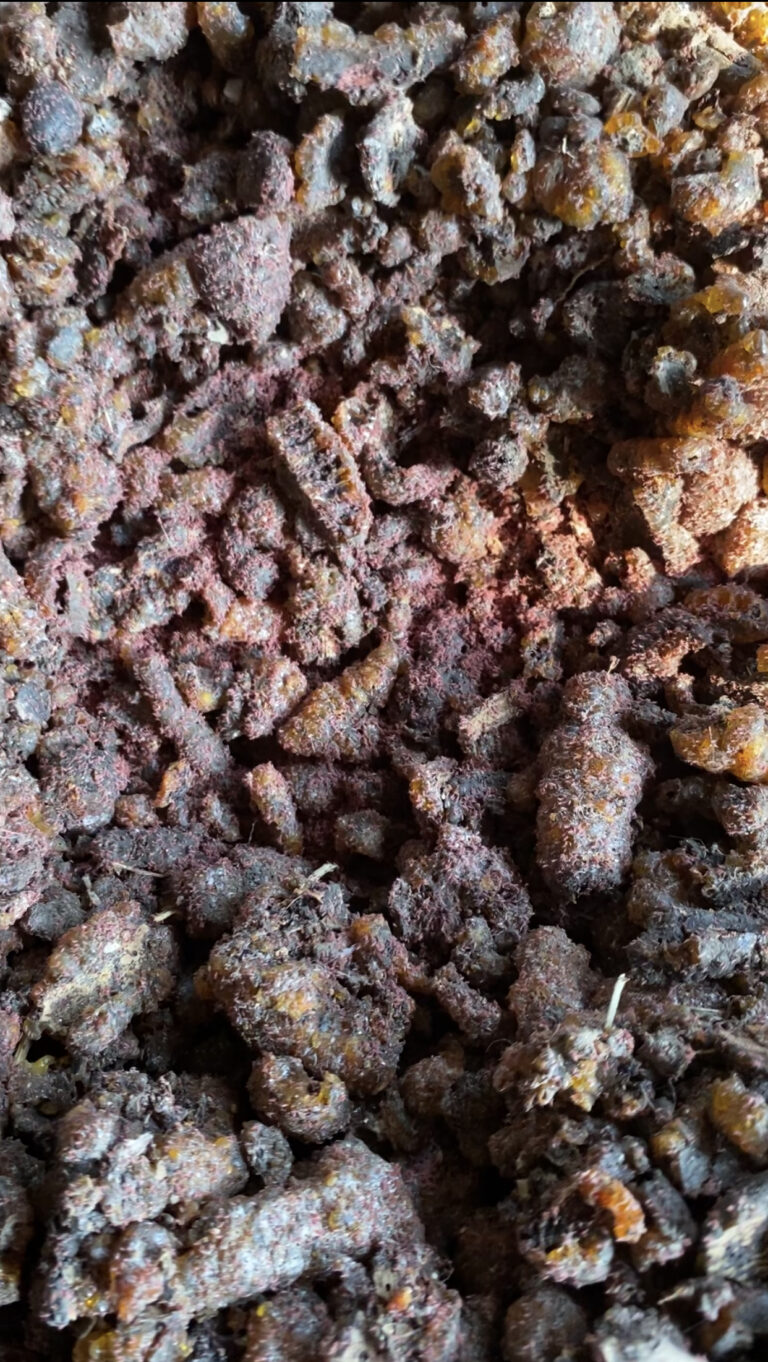
SEEDLAC
Sticklac is first crushed and sieved to remove certain impurities. It is then washed in large vats or barrels to remove insect bodies and a portion of the colouring matter. Washing is repeated until the dye and most of the impurities are removed. The Sticklac thus cleaned is spread on large clean open air floor to dry. After drying it is winnowed and sieved to get the commercial variety of seedlac. It contains around 3-5% impurity. Seedlac os mostly used for conversion into Bleached Lac and different types of Shellac. U.S.A., Germany, U.K and Japan are the main buyers of Indian Seedlac.

HANDMADE SHELLAC
Seedlac is converted into Shellac either by traditional handmade process or comparitively modern machine made process. Handmade shellac is produced by properly blending Seedlac into long narrow cloth bag and heating one end over charcoal fire and the other end is attached to a windlass and is gradually twisted. The heat produced by the charcoal fire melts the lac which is forced out through the cloth by pressure. The molten lac is scraped out and drawn into sheets manually and left to dry. This process requires considerable manual skill and long experience. The traditional handmade grades are Lemon No.1, Lemon No.2, standard One, TN, Superfine etc. Handmade shellac is mostly to U.S.A, Germany. Japan, etc. The impurity varies from 0.75% to 1.5%.
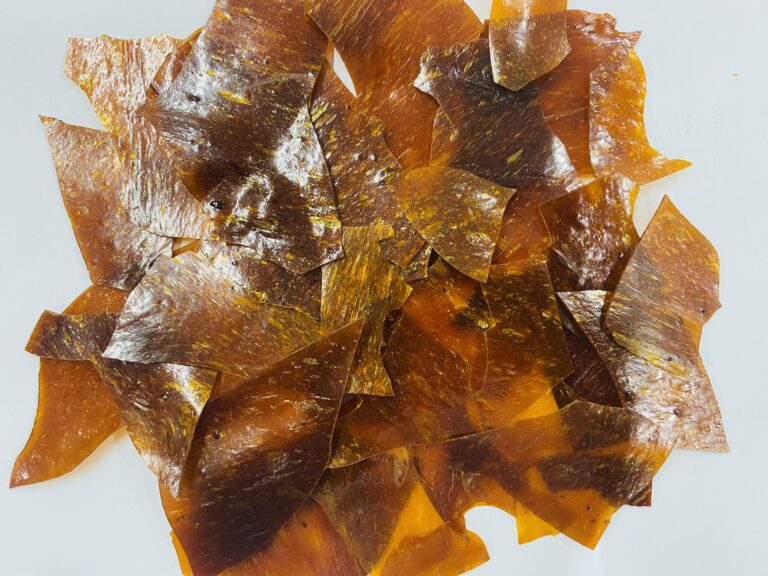
BUTTONLAC

MACHINE MADE SHELLAC
Is produced in two different ways – one is the heat process where the same principle as in the case of handmade shellac is applied and the second is solvent process where pure shellac is extracted from seedlac by suitable solvents. Under heat process the separation of pure lac is achieved by melting Seedlac by steam heat and squeezing the soft molten lac through filter my means of hydraulic presses. The molten lac is then stretched by means of rollers into long continuous sheet which is broken into pieces to form the machine made shellac under heat process. This shellac has an impurity content varying from 0.5 to about 1%. There are various grades under heat process machine made shellac. The most popular being TN, lemon and Orange. These grades are exported to practically all lac consuming countries.

DEWAXED FLAKE SHELLAC
Under solvent process wax and impurities are practically completely removed by dissolving the seedlac in a suitable solvent, usually, chilled industrial alcochal. The solution is then filtered through fine cloth and the alcohol is recovered by boiling the solution. The molten shellac is then stretched to the required thickness on a roller. The product thus obtained is known as Dewaxed Shellac. The most popular grades being Dewaxed Orange, Dewaxed Lemon, Dewaxed garnet etc. Highly sophisticated grades of dewaxed and Decolourised Shellac can be produced by this method by adding activated carbor as the decolourising agent. The impurity is around 0.2%. Dewaxed or Decolourised Shellac are imported mostly by the advanced countries like U.S.A., Germany, U.K., Italy, France etc.

DEWAXED BLEACHED SHELLAC
Seedlac is dissolued in an aqueous – alkali solution, fittered Dewaxed and bleached with solution fittered, dewaxed and bleached with sodiam hypochlorite to the desired colour. The shellac is there precipitated from the solution with sulphuric acid and dried.
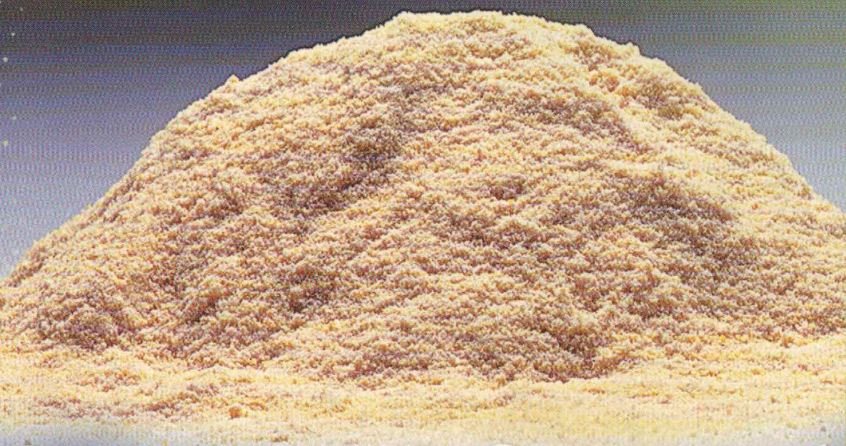
Applications
Fruit coating, chocolate coating coating, protective coating in capsule & tablets pharmaceuticals, varnishes for paints and printing ink wood coatings, that stiffening, cosmetics, electrical Industrics etc.
USES OF SHELLAC
Due to the versatility of lac resin, it finds innumerable uses both in industries and domestic fields. On the stand point of industrial uses of shellac one or more of the following properties are of great importance:
- Shellac dissolves in a wide variety of alkaline or rapidly drying alcoholic solvents but is resistant to a number of other solvents particularly hydrocarbons.
- It’s film shows excellent adhesion to a wide variety of surfaces, possessing high gloss, hardness and strength.
- Shellac is powerful bonding material with low thermal conductivity and a small coefficient of expansion. It’s thermal plasticity and capacity of absorbing large amounts of fillers are noteworthy.
- It’s electrical properties include high dielectri strength, low dielectric constant and characteristic freedom from tacking.
- It is resistant to the action of ultraviolet rays.
- Shellac is non-toxic
Some of the main uses of shellac in different fields are:
- Surface coating- As under coat, primer, sealer, French, Polish, Leather dressing, Fruit Coating etc.
- Printing-Flexographic ink, waterproof ink, photo engraving.
- Textiles – Stiffening of hats.
- Cosmetic & Pharmaceuticals – Hair lacquer, coating for Enteric pills, Dental base place
- Engineering – Grinding wheels, Rivet & Plate sealer.
- Electrical – Micanite, Insulating Varnish.
- Photography – dry mounting tissue paper, protective varnish.
- Paper – Paper varnish, playing cards.
- Rubber – Stiffening agent, surface finish.
- Adhesive – Gasket cement, sealing wax, pyrotechnic Optical Cement.


